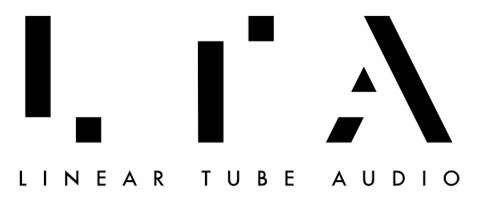Audio amplifier design engineers have long sought to eliminate audio output transformers because of the restrictions they impose on amp performance. Leakage inductance and interwinding capacitance limit the high-frequency response of transformers while core saturation and magnetizing current limit their low-frequency response. Transformer-core hysteresis causes specific distortions of non-symmetric and transient waveforms that are characteristic of musical reproduction. Audio output transformers simply cannot achieve the correct turns ratios as they only max out at 25:1 due to saturation and hysteresis effects. This leaves much to be desired, which creates and issue that needs to be resolved.
Enter the solution: ZOTL.
First, the audio signals “ride” a carrier frequency, on which they are amplified by the tubes (it is not a hybrid amplification design), then the carrier is removed by the Impedance Converters and the remaining audio is delivered to the speaker, similar to how a radio station and receiver work. This changes the impedance plane to match the impedance of the speaker, so the audio output transformer is no longer required to match the tube to the speaker. An Impedance Converter accomplishes this match up. This super linear amplification process allows the amplifier to have a flat frequency response from 8hz to 50Khz, which is nearly impossible with an output transformer.
However, the real advantage is in the transformer turns ratio. Output transformers are limited to a maximum of about 25 to 1 in turns ratio. This turns ratio does the matching between the tube output and the speaker. It turns out that the theoretically correct turns ratio for most tubes is typically 100 to 1 and even as high as 300 to 1. The ZOTL can use the impedance converter to effectively create the ideal turns ratio. The microZOTL has a 300 to 1 ratio and the ZOTL40 has around a 150 to 1 ratio. This results in the detail and accuracy of the sound.
